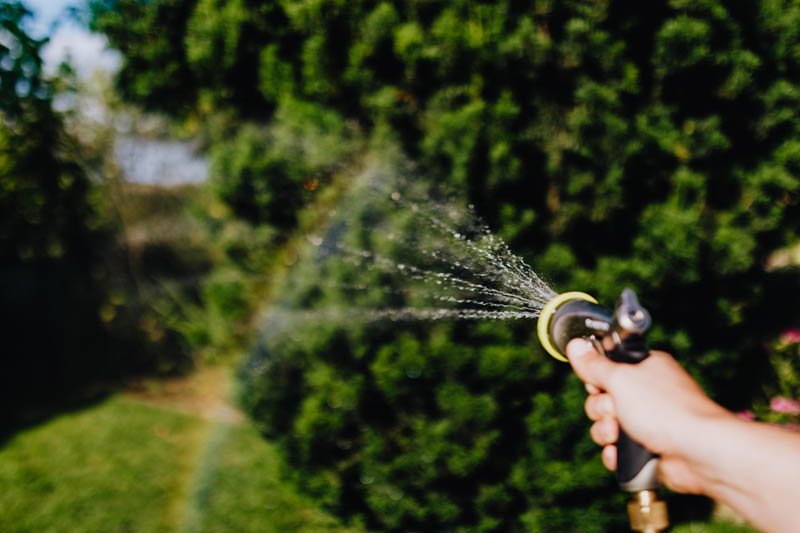
A water butt, also known as a rain barrel or rainwater tank, is a simple but effective device used to collect rainwater for gardening purposes. Here’s how it works:
Collection: A water butt is typically a large container made of plastic or other materials with a sealed lid. It is positioned beneath a downspout or gutter system attached to a roof or other rain-catching surface.
Diversion: When it rains, the water flows down the downspout and into the water butt. Some water butts have a built-in diverter system that directs the rainwater into the tank while preventing debris like leaves from entering. This helps keep the water clean.
Storage: The water butt stores the collected rainwater until you need to use it. It can hold a considerable amount of water, usually ranging from 50 to 300 gallons or more, depending on the size of the container.
Access: Most water butts come with a tap near the bottom, allowing you to easily access the stored water. You can attach a hose or fill watering cans directly from the tap.
Usage: The collected rainwater can be used for various gardening purposes. You can use it to water your plants, fill a watering can, irrigate your garden beds, or even wash garden tools or outdoor surfaces.
What Are The Benefits of Using a Water Butt?
Cost-effective
By collecting and using rainwater, you reduce your reliance on mains water, leading to potential cost savings on your water bill.
Environmentally friendly
Rainwater is a natural resource that would otherwise go to waste. Utilising it helps conserve water and reduces the strain on local water supplies.
Plants prefer it
Rainwater is generally free of chlorine, which is often present in tap water. Many plants prefer the natural, untreated water, as it is more suitable for their needs.
Reduces runoff
Collecting rainwater in a water butt helps prevent excessive runoff, which can contribute to soil erosion and water pollution.
Remember to position your water butt on a sturdy, level surface and consider adding a cover to prevent debris or mosquito breeding. It’s also a good idea to empty and clean your water butt periodically to maintain water quality.
Overall, using a water butt is a practical and sustainable way to make use of rainwater in your garden and reduce your environmental impact.


Be the first to comment